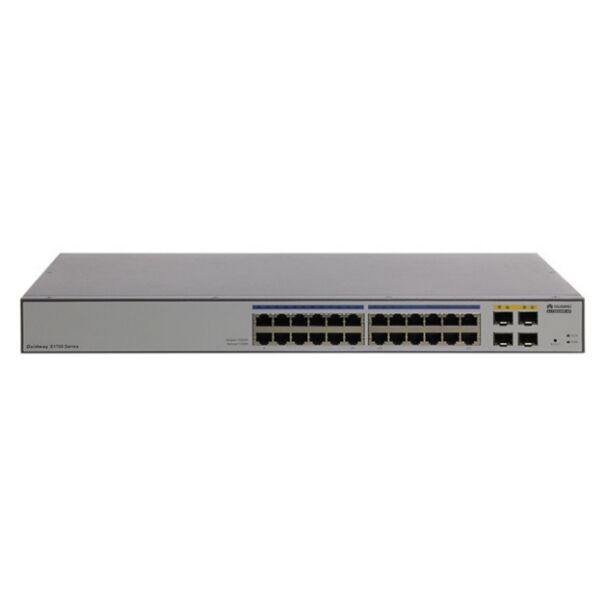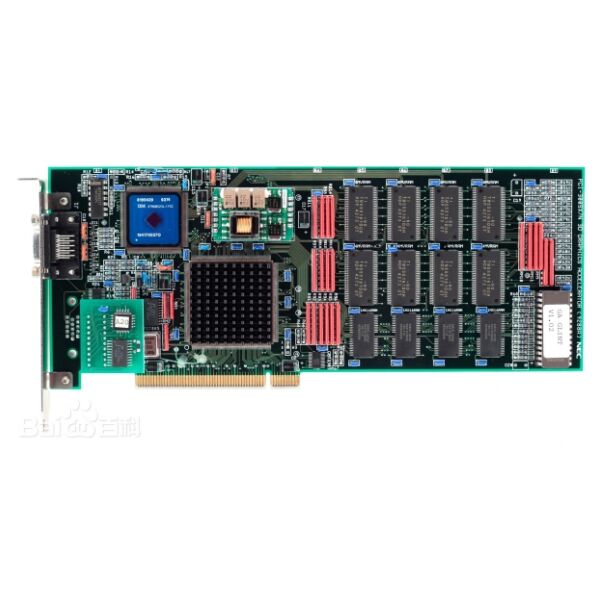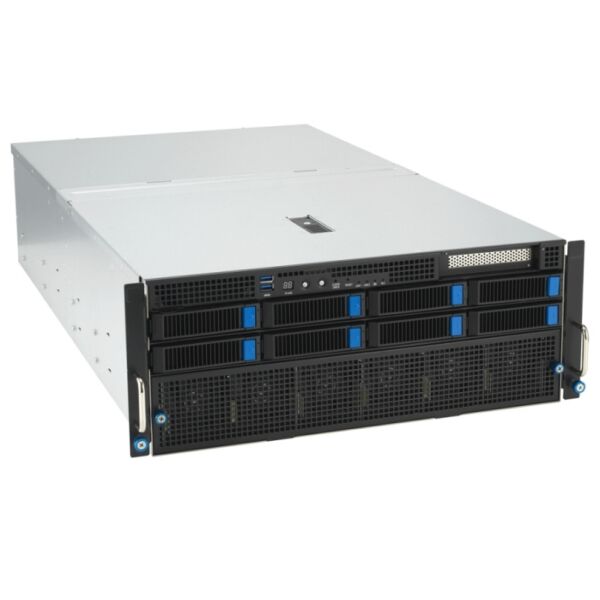Integrated Management Framework
The integrated management framework of the blade server chassis provides a comprehensive solution for system administration and control. This sophisticated management system offers a unified interface for monitoring and managing all aspects of the chassis environment, including individual blade servers, power systems, cooling components, and network resources. The framework includes advanced features such as automated resource discovery, health monitoring, and predictive maintenance capabilities that help prevent system failures before they occur. Administrators can access detailed performance metrics, system logs, and configuration settings through a centralized console, significantly reducing the time and effort required for system management. The framework also supports remote management capabilities, enabling administrators to monitor and control the system from any location, thereby improving operational flexibility and response times.


